From murder holes to hidden passages: 10 surprising facts about medieval castles
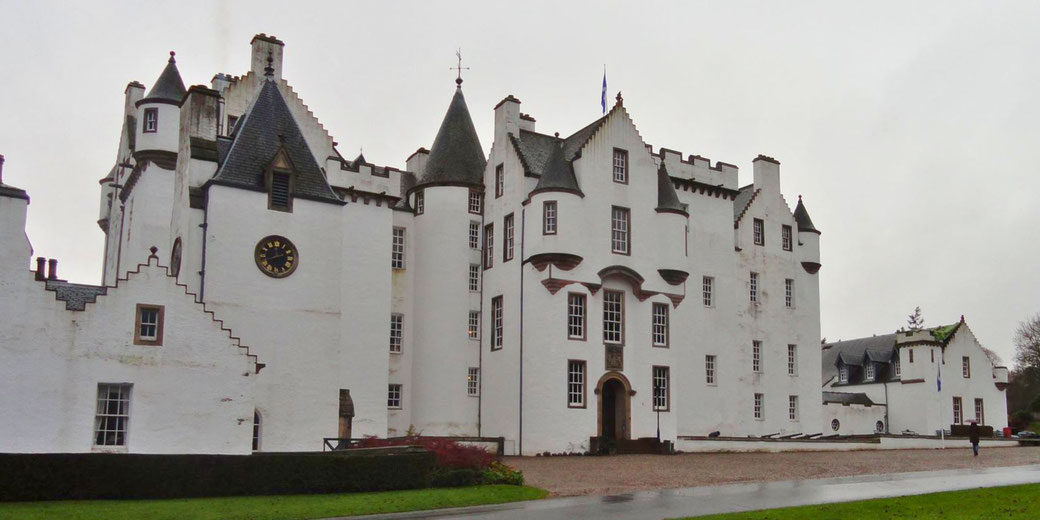
Medieval castles are some of the most intriguing and captivating structures in history. They conjure up images of chivalrous knights, brave defenders, and grand battles.
But behind the romanticized notions of these castles lies a fascinating world full of hidden secrets, brutal practices, and uncomfortable living conditions.
In this blog post, we will explore 10 little-known facts about medieval castles that will leave you astonished, intrigued, and perhaps a little unnerved.
So, grab your armour and sharpen your sword, and let's delve into the mysteries of medieval castles!
1. Designed for death
Arrow slits, murder holes, and portcullises were all elements of medieval castle defence that served a specific and deadly purpose.
Arrow slits, also known as loopholes, were narrow openings in castle walls that allowed archers to shoot arrows at attackers while remaining protected behind the walls.
These openings were designed to be very narrow, which made it difficult for attackers to shoot back, and also provided protection for the archers.
Murder holes, on the other hand, were holes in the ceiling of a passage or gatehouse that allowed defenders to drop heavy objects or pour boiling water or oil onto attackers.
The name "murder hole" comes from the fact that these holes were often used to kill attackers who had breached the castle walls.
In some cases, defenders would even throw down sharp objects, such as spears or rocks, to inflict maximum damage.
Portcullises were heavy iron grilles that could be lowered to block entryways.
These were used to prevent attackers from entering the castle and to control the flow of people and goods.
When lowered, the portcullis formed a formidable barrier that was difficult to breach.
In some cases, defenders would also drop heavy objects or pour boiling water or oil through the gaps in the portcullis to deter attackers.
2. Definitely not a fairy tale palace
Living in a medieval castle was often uncomfortable and even hazardous, particularly for those who were not part of the nobility or royalty.
For example, despite their grandeur and imposing appearance, many castles lacked basic amenities like running water, central heating, and proper ventilation.
This meant that the interiors of castles could be damp, smelly, and very cold during the winter months.
The living quarters in castles were often cramped, with many people sharing small rooms.
In some cases, entire families would sleep together in one room. Privacy was virtually non-existent, and people had to get used to living in close quarters with others.
In addition, the lack of proper sanitation facilities meant that people had to use chamber pots or other basic forms of waste disposal, which made for unpleasant living conditions.

Another challenge for castle inhabitants was the lack of natural light. Many castle windows were very small and designed to be narrow and tall for defensive purposes, which meant that they let in very little sunlight.
This made it difficult to see clearly inside the castle and also made it harder to keep the interiors warm and dry.
Finally, living in a castle could be dangerous due to the constant threat of attack. In times of war or conflict, castles were often targets for attackers, and the inhabitants had to be prepared to defend themselves at all times.
This meant being on high alert, constantly monitoring the surrounding area, and being ready to take action at a moment's notice.
3. Women played important roles
Contrary to popular belief, women played an important role in medieval castles.
While men typically served as knights and warriors, women were responsible for managing the day-to-day operations of the castle, including overseeing the domestic staff, organizing meals and events, and tending to the needs of the castle's inhabitants.
In addition, women were often responsible for defending the castle during times of conflict.
While they were not typically trained as warriors, they would often participate in the defence of the castle by pouring boiling oil or water on attackers, using crossbows or slingshots, or even fighting with swords or other weapons.
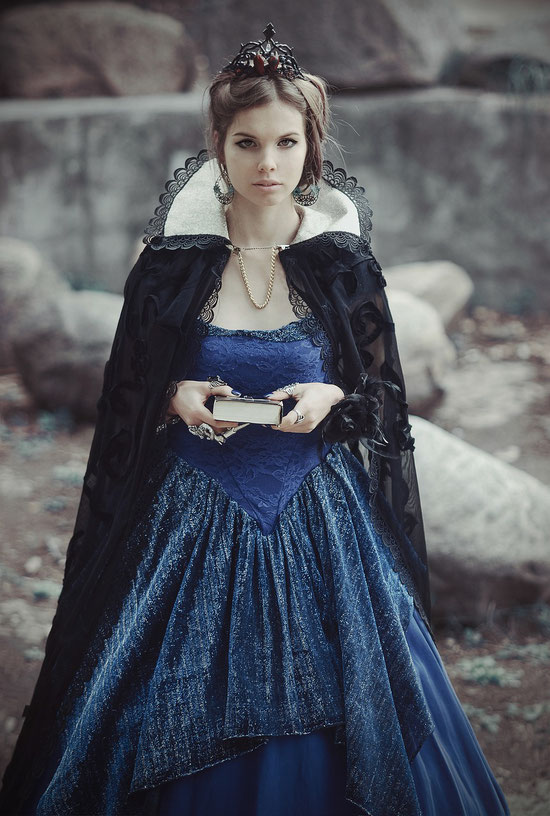
Women were also instrumental in maintaining the castle's social structure and maintaining alliances with other families.
They would often use their connections to form political alliances, arrange marriages between families, and oversee the upbringing of children.
In some cases, women even held positions of power in their own right. For example, Eleanor of Aquitaine, who was the wife of two different kings of England, was one of the most powerful women of her time.
She was a skilled diplomat and administrator who played a key role in governing the territories under her control.
4. Sneaky secrets
Medieval castles were often full of secrets and mysteries that were designed to help defend against attackers or maintain the castle's social structure.
One of the most common features of medieval castles were hidden passages and secret chambers, which were designed to allow people to move around the castle unseen or to hide important documents or treasure.
For example, many castles had secret passages that allowed people to escape in times of attack or to move around the castle unseen.
Some of these passages were so well hidden that they were only discovered centuries later during renovations or excavations.
In addition to hidden passages, many castles had secret chambers that were used to store important documents or valuables.
These chambers were often well hidden and could only be accessed through a secret door or trapdoor.
On top of these more sinister features, many castles also had secret gardens or courtyards that were only accessible to the castle's inhabitants.
These gardens were often designed to be peaceful and secluded, and they provided a welcome escape from the hustle and bustle of castle life.
5. Gory reality of dungeons
Dungeons were a common feature of medieval castles, and they were typically used to imprison criminals, political prisoners, and prisoners of war.
While many people associate dungeons with torture and gruesome executions, the reality was often far more mundane.
In fact, most prisoners were simply left to rot in their cells, and many died of disease, starvation, or exposure.
However, there were certainly cases where dungeons were used for more gruesome purposes.
One of the most notorious examples of this was the use of the "rack," which was a device used to stretch the prisoner's limbs until they were dislocated.
This was often used as a method of extracting confessions, and it was said to be an incredibly painful and gruesome process.
Other forms of torture that were commonly used in dungeons included "the boot," which involved crushing the prisoner's feet between two iron plates, and "the wheel," which involved breaking the prisoner's bones by rolling a heavy wheel over their body.
Executions were also sometimes carried out in dungeons. These could take many forms, including hanging, beheading, or drawing and quartering.
In some cases, prisoners were simply left to die in their cells, either from neglect or by being starved to death.
6. What happens when you build for luxury
While many castles were built with defence in mind, not all castles were used for conflict.
In fact, some castles were built as luxurious residences for royalty and nobility.
These castles were often designed with comfort and luxury in mind, and they were outfitted with everything from fine furnishings to luxurious gardens.
One of the most famous examples of a royal castle is Windsor Castle, which has been a residence of the British royal family for over 900 years.
Originally built by William the Conqueror in the 11th century as a military fortress, the castle was gradually expanded and refurbished over the centuries, eventually becoming the magnificent royal palace that it is today.
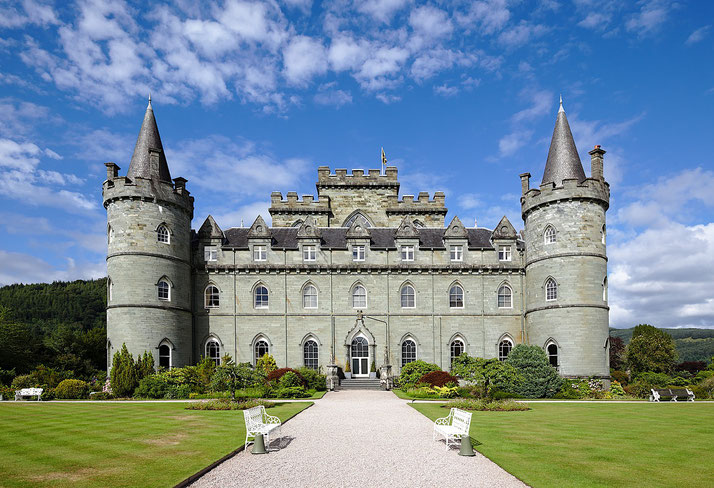
Other examples of castles that were used as royal residences include the Palace of Versailles in France, the Alhambra in Spain, and the Neuschwanstein Castle in Germany.
These castles were all built with luxury and comfort in mind, and they were used to entertain guests, hold grand balls and banquets, and display the wealth and power of their royal inhabitants.
While these castles may not have been designed for defence, they were still often heavily fortified and equipped with all of the latest technology and weaponry.
This was partly to deter potential attackers, but it was also a reflection of the fact that the people who lived in these castles were often powerful and influential, and they needed to be able to protect themselves and their property.
7. Frightening the locals
In addition to their defensive capabilities and their use as royal residences, castles were also often used as a way to intimidate the local peasantry.
Castles were symbols of power and authority, and their presence in a given area was often enough to make the local population think twice before challenging the authority of their rulers.
One way that castles were used to intimidate peasants was by imposing onerous taxes and tariffs on the local population.
The lords and nobles who lived in the castles often had complete control over the local economy, and they used this power to extract as much wealth from the local population as possible.
In addition to economic power, castles also represented military power. The sight of a castle looming over a village or town was often enough to deter any would-be attackers, and the peasants who lived nearby were often forced to provide labour and supplies to help maintain the castle's defences.
8. The toilets were deadly dangerous
In medieval castles, toilets were often located in dangerous places. They were commonly built on the outer walls of the castle, with a hole that emptied into a chute that went straight down to the moat or the ground below.
This made it easy for people to use the toilet, but it also made it a hazardous place to be.
One of the biggest dangers of using the toilet in a medieval castle was the risk of falling.
The toilets were often located high above the ground, and the seats themselves were often just simple holes cut into stone or wood.
There were no safety rails or other protective features, so it was not uncommon for people to accidentally slip or fall while using the toilet.
Another danger of using the toilet in a castle was the risk of attack. Because the toilets were often located on the outer walls of the castle, they were vulnerable to attack by enemy forces.
It was not uncommon for soldiers to target the toilets in an attempt to weaken the defenders' morale, and the people who used the toilets were often in danger of being hit by arrows or other projectiles.
To add to the danger, toilets in medieval castles were often unsanitary and unhygienic.
There was no running water or modern plumbing, and the waste that accumulated in the chutes often attracted rats and other vermin.
This made the area around the toilets a breeding ground for disease, and many people who used the toilets in a medieval castle were at risk of contracting illnesses and infections.
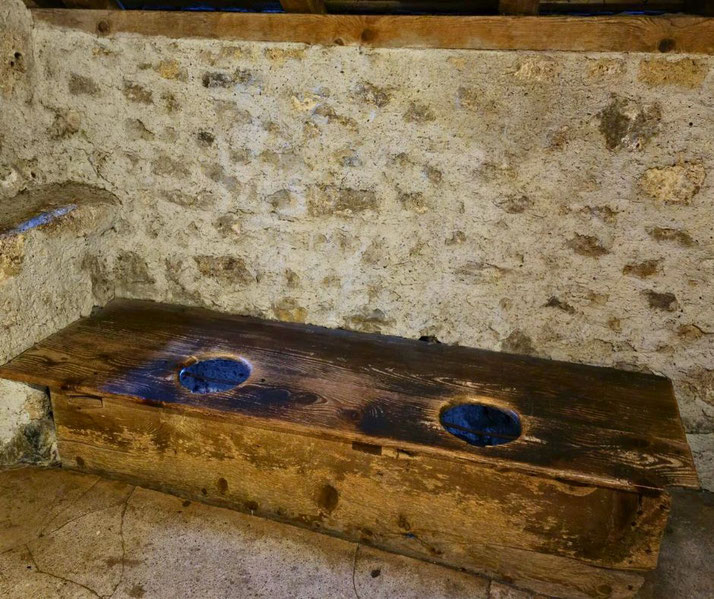
9. Don't take the stairs...
Medieval castles were designed with many features intended to thwart attackers, and one of the most effective was the narrow, winding staircase.
Stairs in castles were often built to be narrow and steep, with tight turns and irregular steps, making them difficult to navigate quickly or in large groups.
This was intentional, as it made it much harder for attackers to storm up the stairs and gain access to the upper levels of the castle.
In addition to their practical function, narrow staircases also had a psychological impact on attackers.
The claustrophobic feeling of being trapped in a narrow, winding staircase, often lit only by flickering torchlight, would have been intimidating and disorienting for any attacker.
This sense of unease and disorientation could slow down the attackers, making them more vulnerable to counterattacks from defenders.
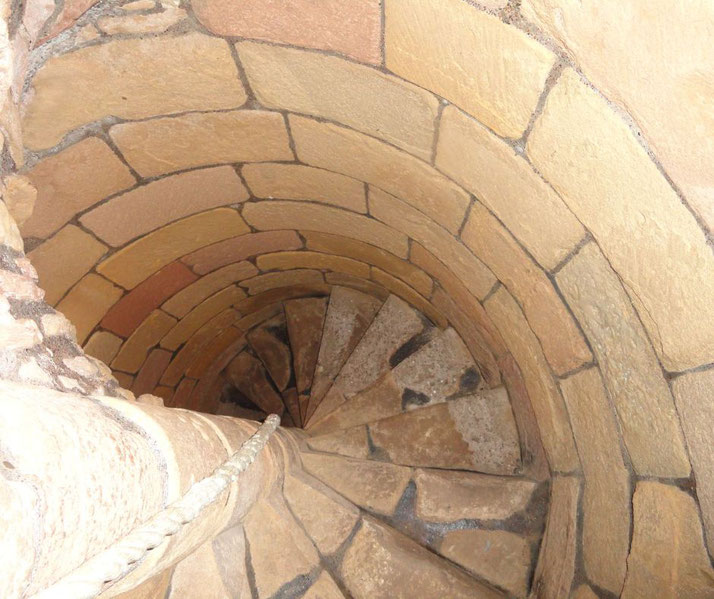
Another advantage of narrow staircases was that they could be easily defended by a small number of defenders.
Because the stairs were so narrow, only a few defenders could hold off a large number of attackers, using their position at the top of the stairs to strike at the attackers as they climbed up.
This made narrow staircases an effective defensive feature, even in castles that were otherwise vulnerable to attack.
10. Undermining and 'listening galleries'
Undermining walls and 'listening galleries' were important tactics used in medieval warfare.
Undermining was a technique used by attackers to weaken or collapse castle walls from below by digging tunnels beneath them and removing the supporting material.
Attackers would then replace the supporting material with combustible materials such as wood and then set it on fire to weaken the walls further.
Once the walls had weakened, attackers could then breach them, enter the castle, and take control.
To counter this threat, castle builders came up with a number of ingenious defences.
One such defence was the creation of listening galleries. These were small tunnels built into the walls of the castle that could be used by defenders to listen for the sounds of digging or tunnelling.
The tunnels were usually lined with timber to amplify the sound of digging or tunnelling, and defenders could hear the sounds of digging before any significant damage was done to the walls.
Once attackers were detected, defenders could then take countermeasures to stop them.
Another defence against undermining was the use of thick, sturdy walls and foundations that were difficult to penetrate.
The walls were often built with multiple layers of stone and reinforced with timber beams and other materials to make them stronger.
They were also often built with deep foundations that made it harder for attackers to dig beneath them.
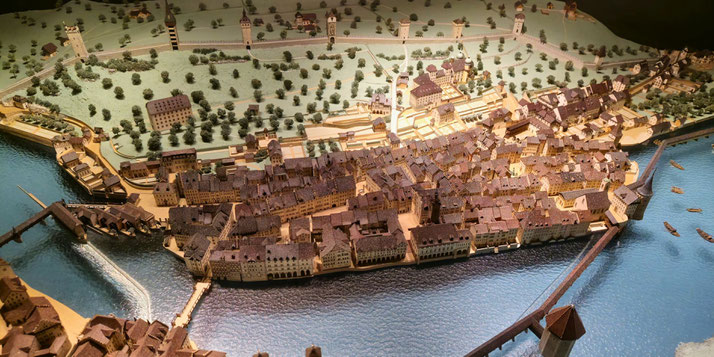
It could be worse... much worse
In conclusion, medieval castles were full of surprises - some fascinating, some scary, and some downright bizarre.
From dangerous toilets to narrow staircases and hidden passageways, these architectural wonders continue to intrigue us today.
So, the next time you visit a castle, take a closer look at its arrow slits, murder holes, and winding staircases - you never know what secrets they might be hiding!
And if you ever find yourself stuck in a medieval dungeon, just remember - it could be worse. You could be stuck in a medieval toilet.
What do you need help with?
Download ready-to-use digital learning resources
Copyright © History Skills 2014-2025.
Contact via email
With the exception of links to external sites, some historical sources and extracts from specific publications, all content on this website is copyrighted by History Skills. This content may not be copied, republished or redistributed without written permission from the website creator. Please use the Contact page to obtain relevant permission.





